Development of communicative competence in specific contexts: Teaching English for Specific Purposes (ESP) in fields such as Medicine, Business, and Technology
Resumen
This article delves into the critical role of English for Specific Purposes (ESP) in specialized fields such as medicine, business, and technology. ESP is designed to provide students with the targeted linguistic skills necessary for effective communication within their particular professional environments. The paper explores various essential communicative competencies, including linguistic proficiency, sociolinguistic awareness, discourse management, and strategic communication skills. Additionally, it examines key pedagogical frameworks such as Communicative Language Teaching (CLT) and student-centered learning approaches that facilitate the development of these competencies. The article also acknowledges the challenges involved in teaching ESP but emphasizes the potential benefits of integrating authentic materials and interactive technologies to enhance students' communicative abilities. Furthermore, it suggests that future research should focus on investigating innovative methodologies and fostering interdisciplinary collaborations to enrich ESP programs, ensuring that they effectively prepare students for the demands of their future careers. By doing so, ESP programs can be better tailored to meet the needs and expectations of professional language learners belonging to various fields.
Descargas
Citas
Ataboyev, I., & Tursunovich, R. I. (2023). The importance and role of English in the modern world. Journal of Foreign Languages and Linguistics, 5(5). https://phys-tech.jdpu.uz/index.php/fll/article/view/7860
Bharathi, K. N., & Pushpanathan, T. (2022). English for medical purposes and its status in India. In Proceedings of the International Conference on Best Innovative Teaching Strategies (ICON-BITS 2021). https://www.researchgate.net/publication/365464551_English_for_Medical_Purposes_and_Its_Status_in_India
Burgess, A., van Diggele, C., Roberts, C., & Mellis, C. (2020). Key tips for teaching in the clinical setting. BMC Medical Education, 20(Suppl 2), 463. https://doi.org/10.1186/s12909-020-02283-2
Cazac, V., Şimanschi, M., Maxian, L., & Scutelnic, R. (2016). Modern use of communicative teaching approach in medical English. In Achievements and Problems of Modern Science (pp. 106-112). https://ibn.idsi.md/sites/default/files/imag_file/Globus_Multi_April_2016_part_I.pdf#page=106
Denysenko, V. (2021). Teaching methods for teaching English for specific purposes. In Dialogue of Cultures in the European Educational Space. Kyiv National University of Technologies and Design. https://er.knutd.edu.ua/bitstream/123456789/18524/1/Dialog2021_P197-199.pdf
Ikramovna, D. I. (2024). Innovative methods of teaching for English for Specific Purposes students. Pedagogical Cluster-Journal of Pedagogical Developments, 2(1), 11-17. https://euroasianjournals.org/index.php/pc/article/view/104/88
Khalili, S., & Tahririan, M. H. (2020). Deciphering challenges of teaching English for specific purposes to medical students: Needs, lacks, students' preferences, and efficacy of the courses. Teaching English Language, 14(1), 365-394. https://dorl.net/dor/20.1001.1.25385488.2020.14.1.12.9
Lafford, B. A., Cabrera, A. F., & Macià, E. A. (Eds.). (2025). The Routledge Handbook of Spanish for Specific Purposes (SSP). Taylor & Francis.
Larsari, V. N. (2011). Learners' communicative competence in English as a foreign language (EFL). Journal of English and Literature, 2(7), 161-165. https://academicjournals.org/journal/IJEL/article-full-text-pdf/7C380B61342.pdf
McFarland, J. (2009). Teaching English to the medical profession. Panace, 10(30), 173-175. https://www.tremedica.org/wp-content/uploads/n30_tribuna-McFarland.pdf
Nasiri, E., & Khojasteh, L. (2024). Evaluating panel discussions in ESP classes: An exploration of international medical students’ and ESP instructors’ perspectives through qualitative research. BMC Medical Education, 24(1), 1-15. https://doi.org/10.1186/s12909-024-05911-3
Rus, D. (2019). Communicative competence in the context of ESP methodology. Acta Marisiensis. Philologia, 1(1), 108-115. https://www.academia.edu/106434271/Communicative_Competence_in_the_Context_of_ESP_Methodology
Sekhar-Rao, V. C. (2019). English for business purposes: An ESP approach. Journal for Research Scholars and Professionals of English Language Teaching, 3(15), 1-8. http://jrspelt.com/wp-content/uploads/2019/09/Rao-English-for-Business.pdf
Van My, N. (2019). Integrating technology into the communicative language teaching approach to enhance effects of English grammar teaching: A critical review and application. Proceedings of ELT Upgrades 2019: A Focus on Methodology, 255-267. https://www.academia.edu/41974970/INTEGRATING_TECHNOLOGY_INTO_THE_COMMUNICATIVE_LANGUAGE_TEACHING_APPROACH_TO_ENHANCE_EFFECTS_OF_ENGLISH_GRAMMAR_TEACHING_A_CRITICAL_REVIEW_AND_APPLICATION
Yuldasheva, D., Tuhtaboyeva, Y., & Shamsiddinova, M. (2021). Teaching English to medical students on the basis of a professionally oriented approach. The American Journal of Social Science and Education Innovations, 5, 558-562. https://doi.org/10.37547/tajssei/Volume03Issue04-90
Zhang, S. L., Ren, S. J., Zhu, D. M., Liu, T. Y., Wang, L., Zhao, J. H., ... & Gong, H. (2024). Which novel teaching strategy is most recommended in medical education? A systematic review and network meta-analysis. BMC Medical Education, 24(1), 1-12. https://doi.org/10.1186/s12909-024-06291-4
Derechos de autor 2025 Mirian Paulina Aguaguiña Pilla , Bryan Alexander Gordón Fiallos, Pamela Elizabeth Casa Molina , Nayeli Nicole Nuñez Melo

Esta obra está bajo licencia internacional Creative Commons Reconocimiento 4.0.







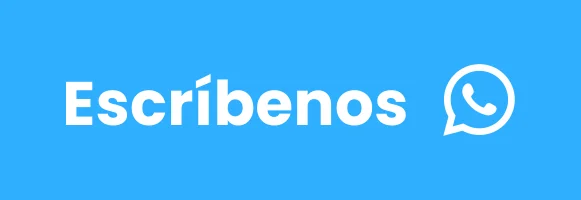

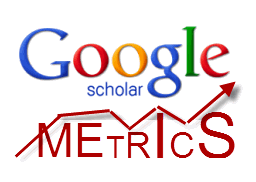

.png)
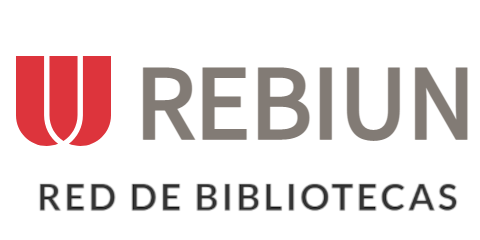







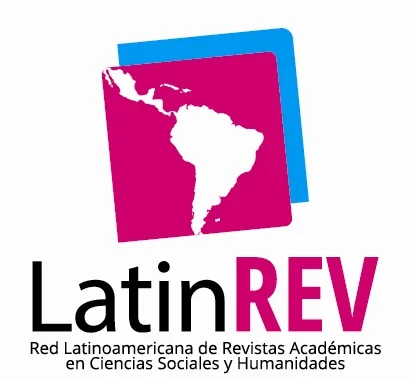

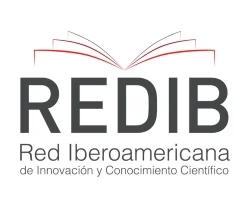


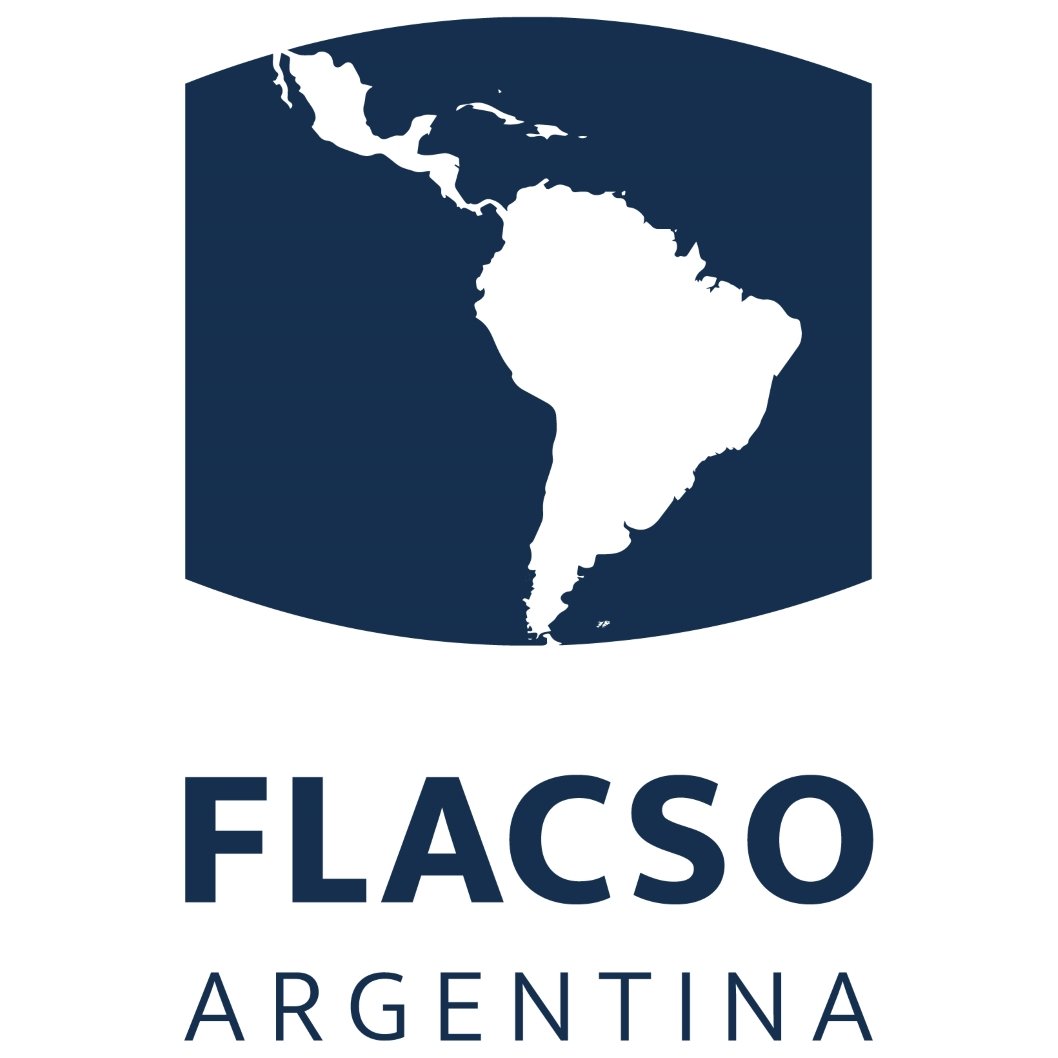

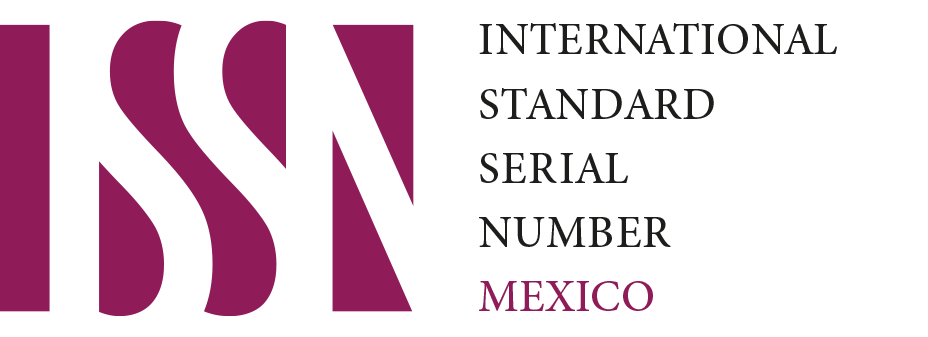




.png)
1.png)


